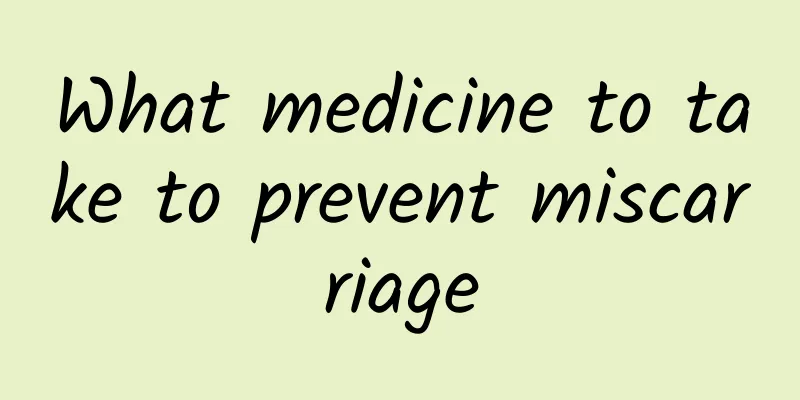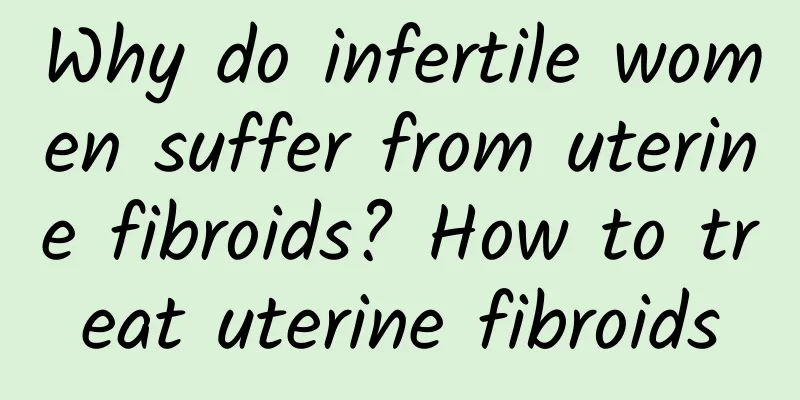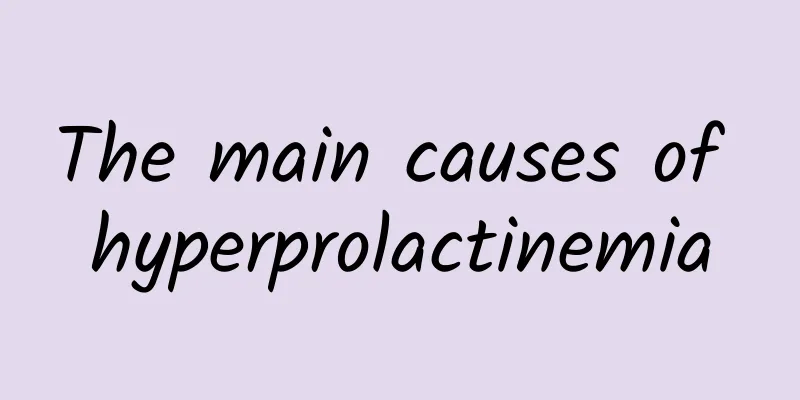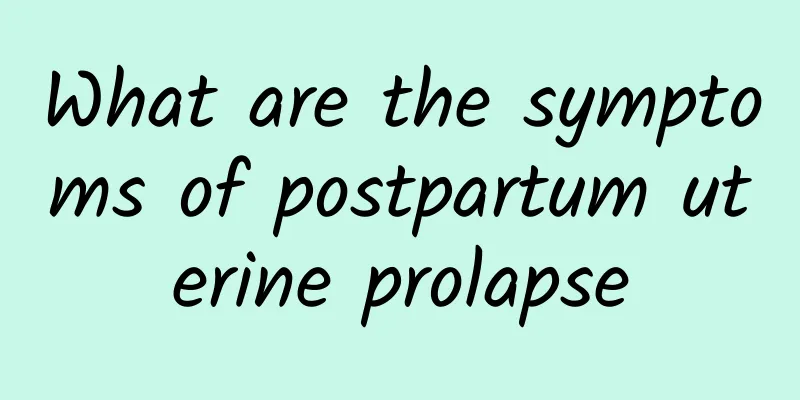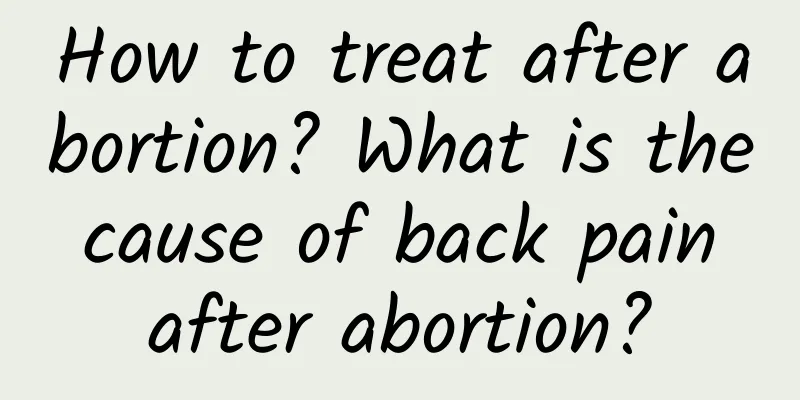Symptoms and treatment of chronic pelvic inflammatory disease
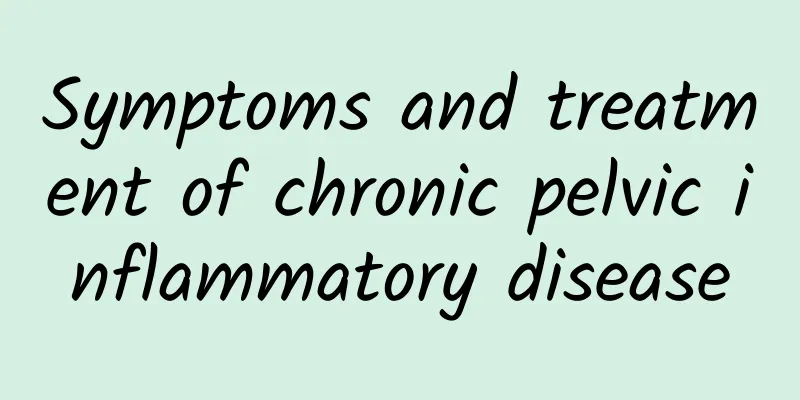
|
Symptoms and treatment of chronic pelvic inflammatory disease: Chronic pelvic inflammatory disease refers to chronic inflammation of the female internal reproductive organs and the surrounding connective tissues and pelvic peritoneum. Acute pelvic inflammatory disease is usually not treated thoroughly. In the case of poor physical condition, the course of acute pelvic inflammatory disease can be prolonged to repeated attacks, causing chronic pelvic inflammatory disease; but there may also be no history of acute pelvic inflammatory disease, such as salpingitis caused by Chlamydia trachomatis infection. Chronic pelvic inflammatory disease is stubborn and can lead to menstrual disorders, increased leucorrhea, low back pain and infertility. Chronic pelvic pain often causes pain in the lower abdomen, and in severe cases, pain in the lumbar region. These pains are particularly obvious and severe before and after menstruation, excessive fatigue, or after sexual intercourse. Patients with chronic pelvic inflammatory disease may also experience increased leucorrhea, abnormal menstruation, dysmenorrhea, irregular vaginal bleeding, or menstrual bleeding, which are caused by irritation of the female endometrium. Patients with chronic pelvic inflammatory disease may also experience increased leucorrhea, abnormal menstruation, dysmenorrhea, irregular vaginal bleeding or menstrual bleeding, which are caused by irritation of the female endometrium. In the early stages of chronic pelvic inflammatory disease, there are also abdominal pain symptoms. If chronic pelvic inflammatory disease is not treated actively or in time, it can easily lead to fallopian tube obstruction, increase the risk of infertility or ectopic pregnancy, and seriously affect women's life and physical and mental health. To treat chronic pelvic inflammatory disease, it is necessary to improve resistance, avoid infection, and use physical therapy and drug therapy as appropriate. If adhesions around organs are caused by long-term inflammatory stimulation, surgical treatment should be used. |
<<: What are the symptoms of pelvic inflammatory disease?
>>: Diet therapy for endometrial tuberculosis
Recommend
Does cervical erosion during pregnancy cause brown discharge? There are two things to note about cervical erosion during pregnancy.
Everyone should know that under normal circumstan...
How to exercise for patients with vulvar itching
Women are a group that we need to take care of. W...
What are the causes of uterine fibroids?
It is said that severe uterine fibroids can cause...
Pay attention to postmenopausal uterine bleeding
In the outpatient clinic, we often encounter some...
How to treat left ovarian cyst
Treatment for a left ovarian cyst depends on the ...
What "rice"! The origin labeling of Dongmixi Nian is confusing
Many consumers particularly like to buy rice prod...
Is it better to have a medical abortion or a surgical abortion during pregnancy? Here's how to choose between medical abortion and surgical abortion
We all know that many women get pregnant without ...
Symptoms of ectopic pregnancy on the ovary
Symptoms of ectopic pregnancy on the ovaries are ...
Introduction to two common symptoms of pelvic inflammatory disease
There are two main types of pelvic inflammatory d...
What are the causes of cervical hypertrophy?
Cervical hypertrophy is a relatively common gynec...
What to eat to restore nutrition after miscarriage? Doctors give conscientious advice
After a miscarriage, women can promote early reco...
What should girls do if they have menstrual period and lower abdominal pain?
What should girls do if they have lower abdominal...
The more times the better? Debunking 3 Myths About Strength Training
If you want to have firm and perfect ideal curves...
What causes irregular menstruation in women? How to effectively regulate irregular menstruation in women
Many women have complicated feelings about menstr...
Six factors that cause hyperprolactinemia
What are the six factors that lead to hyperprolac...
